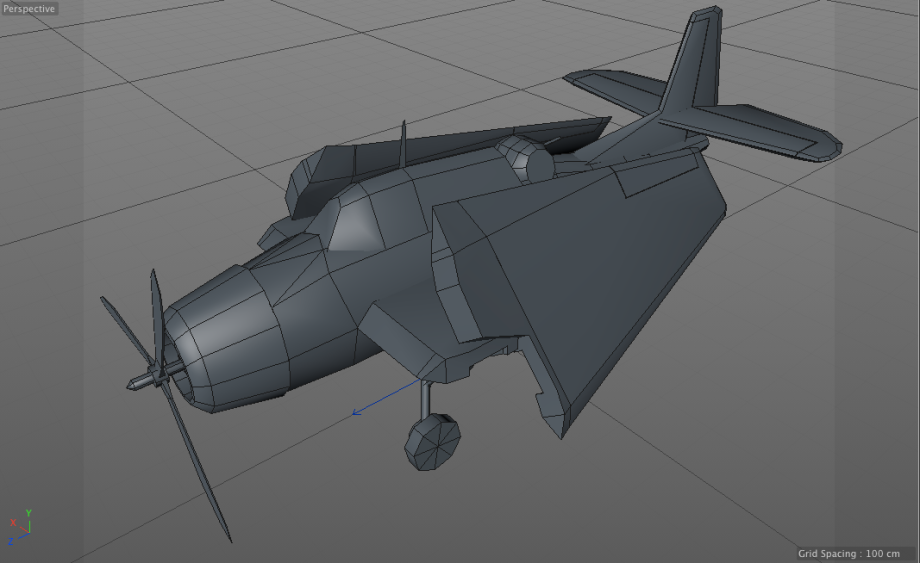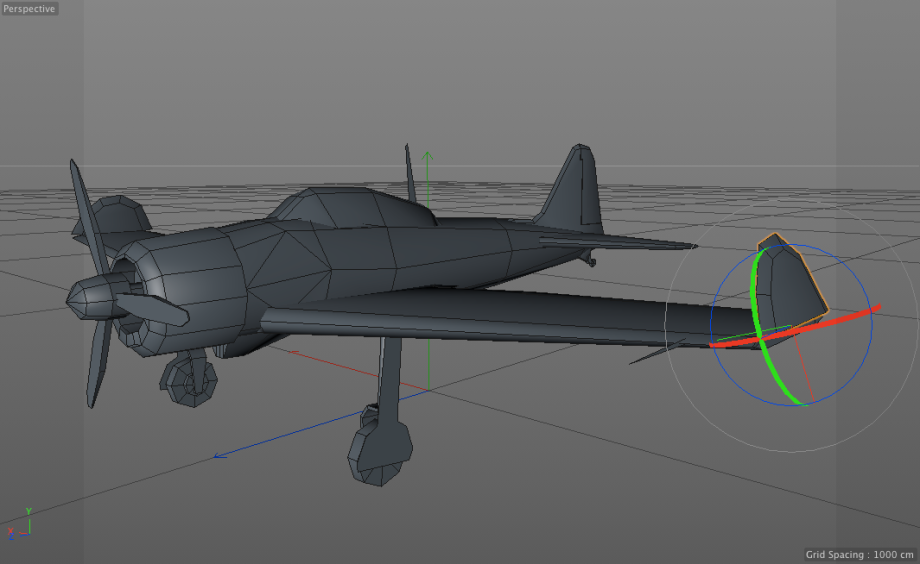Synopsis
Pacific Steel is a game set in the pacific ocean, 1942. The United States Navy (USN) and the Imperial Japanese Navy (IJN) are fighting for control of various islands in the pacific.
Pacific Steel aims to blend naval battle control/strategy, and base-building/management and resource gathering mechanics.
You, the commander (of either side) have been appointed to control and maintain a small naval base, situated on a remote island. With untapped natural resources abundant, you will expand your base and your fleet to take the enemy head on in the sea, and in the air.
The game will feature many ships and aircraft of varying types for the player to control for each country (USA and Japan), and various “ambient” assets such as islands, vegetation, structures and animals (seabirds etc.)
Objective
Pacific Steel aims to provide the client with the “killer and innovative” game they describe on their brief. Pacific Steel provides a unique take on older ideas, and ideas that the general public are already familiar with. The game features a building and resource management aspect, which is incredibly popular throughout the mobile game market, but it also aims to provide a strategic action side too, with real-scale naval battles and historical accuracy.
Pacific Steel takes place in a time period and location that is widely popular and recognisable with the public, the Pacific Theatre.
As to ensure the game achieves it’s huge scale battles, the models, textures and shaders are going to be limited. Not only does this make it easier on systems, but its makes the game less gritty and realistic, opening up the target audiences to younger players. The target audience for this game is essentially anyone and everyone.
Structure/Constraints
The assets will be constructed through C4D, using various simple techniques such as extrude, spline and movement modelling. I will create all the textures myself, save for perhaps skyboxes and a few other landscape textures. To create my scenes I will port all of my assets into UE4, and use it’s built-in key-framing animation system to create my animations/scenes.
Copyright constraints aren’t particularly an issue regarding games based around history, as all of the designs/schematics and blueprints are now open to use by the public for educational purposes. Ethical issues however, are an issue.
To avoid any ethical/racial issues, I will not be portraying any disrespectful/negative stereotyping or have one country superior over another, even if these things did occur in history. For example, I won’t be portraying the IJN using kamikaze/suicidal tactics. The main reason I chose the year 1942 was a period where the IJN and USN were on (mostly) equal footings, and the kamikaze had not been developed.
Visual Design
The overall design of my game is simplistic, colourful and most importantly, easy to render on small devices. The textures are going to be make the up the bulk of the detail on the models, while the models themselves are generally low-polygon/detail. I’d liken the graphical style as something similar to The Legend of Zelda: Wind Waker HD, with a bit more attention to the look of the water. Wind Waker uses simplistic models and textures, and relies on the shaders to make up the bulk of the graphical quality, which is what I aim to achieve.
The actual designs of the models are all historical, so they will resemble their real-life counterparts are much as possible whilst keeping an acceptable polygon count/level of detail.
Look and Feel/Technical Specifications
The Legend of Zelda: Wind Waker HD is a fantastic example of what can be achieved with low-polygon models and low-resolution textures when using the correct shaders. (Though I don’t plan on using nearly as much bloom) Pacific Steel will adopt similar techniques to achieve an exciting and vibrant look.

Here is an untextured asset for Pacific Steel. This is the A6M2 Zero, the main fighter force of the Japanese. This style of low-polygon model will be adopted to all my models, and I will rely on textures to really get the bulk of the detail.

A low-polygon model is especially important for the aircraft in my opinion, as they will act in whole squadrons of many aircraft. It’s important to consider the polygon count when there are multiple entities on screen at once. With the larger models in the game, such as the Battleships and Aircraft Carriers, I will allow a slightly higher polygon count. As it stands at the moment, the Zero comes in at around 460 Polygons and 687 vertices.
The model has been split up into multiple sections to allow for movement of the control surfaces (Ailerons, Rudder and Elevator) and of the propeller and landing gear. In some cases I’ve had to make complex splits to allow for the articulation of the folding wings, seen on many American aircraft, such as this TBF-1 Avenger torpedo bomber.


And again on the Zero (To a lesser extent)

Animation
For the animations, they will be mostly simplistic. As far as the warships themselves go, the range of animations is fairly limited, a few possible ones however are;
- Turret rotation and elevation
- Rocking/bobbing on the water
- Sinking animations
- Animated parts such as radars and rangefinders
The animations will have to be made using simple timeline keyframing in C4D. Some ships may have specific animations unique to that vessel, such as aircraft catapults and torpedo launchers.
To really bring my scenes to life I feel there has to be an element of humanity to it. At a glance aircraft and warships appear to just be machines, and it is sometimes hard to consider or fully realise that there are often thousands of individuals piloting/operating these vehicles. (North Carolina had a crew of over 2,300 individuals) For this reason I will be modelling/animating sailors on the decks and operating the various anti-air guns/lookout posts.
They’ll have incredibly simple models and textures because because loads of them may be present at any given time, and as a result will feature only very basic animations.
Possible animations include;
- Walking
- Looking and raising/lowering a pair of binoculars
- Seating positon to operate Anti-Aircraft emplacements
- Generic standing postions
- Guiding the landing/takeoff of aircraft with signals
- Operating steering wheels
- Operating torpedo tubes
Given the chance, I would like to motion capture these animation to ease the workload and provide more lifelike movements, however if not I’ll have no choice but to rely on keyframing the animations. The animation quality themselves will be limited to the quality/topology of the model themselves.
Legal and Ethical Considerations
When it comes to copyright, the normal issues apply. As far as I’m aware (since these are designs dating back to the 1930s) copyright/creative license does no apply to the vehicles used. I will however be refraining from using company names such as Grumman, Kure Kaigun Kosho, or Mitsubishi to avoid any complications.
Ethical considerations are always an issue regarding games based on war. As I said, to avoid any racial/ethical issues, I will not be portraying any disrespectful/negative stereotyping or have one country superior over another, even if these things did occur in history. For example, I won’t be portraying the IJN using kamikaze/suicidal tactics. The main reason I chose the year 1942 was a period where the IJN and USN were on (mostly) equal footings, and the kamikaze had not been developed.
Delivery
The end result should be a series of sequences displaying my models, textures, environment and animations.